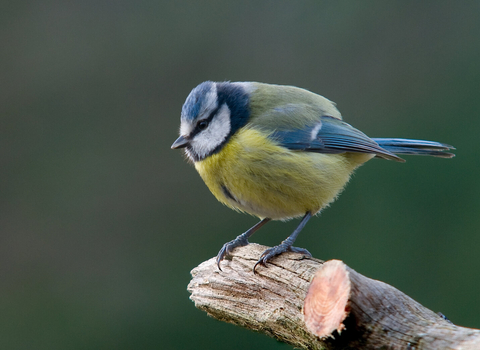
©Neil Wyatt
Greater plantain
Pushing its way up through the cracks in pavements, the straw-coloured flower spikes of greater plantain or 'broadleaf plantain' are a familiar sight. This 'weed' also pops up in lawns, on roadsides and along field edges.
Scientific name
Plantago majorWhen to see
January to DecemberSpecies information
Category
Statistics
Height: up to 20cmConservation status
Common.
Habitats
About
The long, straw-coloured flower spikes of greater plantain are a familiar sight on pavements and tracks everywhere. This persistent plant also grows in lawns, rough grasslands, field edges and roadsides - anywhere the ground has been disturbed. Commonly known as 'rat's tail' because of the scaly, tail-like appearance of its flowers, greater plantain blooms between June and October, but its leaves can persist through the winter in some areas.How to identify
The broad, oval leaves of greater plantain form a rosette flush to the ground from which the yellow-green flower spikes rise up. The flowers are small and packed closely together, and the leaves are tough, elastic and resilient to trampling.Distribution
Widespread.Did you know?
If broken gently, the leaves and stalks of greater plantain stay connected by strong, elastic fibres. The elasticity of these fibres has made this plant the subject of many children's games to see who could pull the longest before breaking the leaf or stem completely. The look of the stringy fibres has given rise to all kinds of local names from 'angel's harp' to 'beatles' guitars'.Plaintain by Philip Precey




